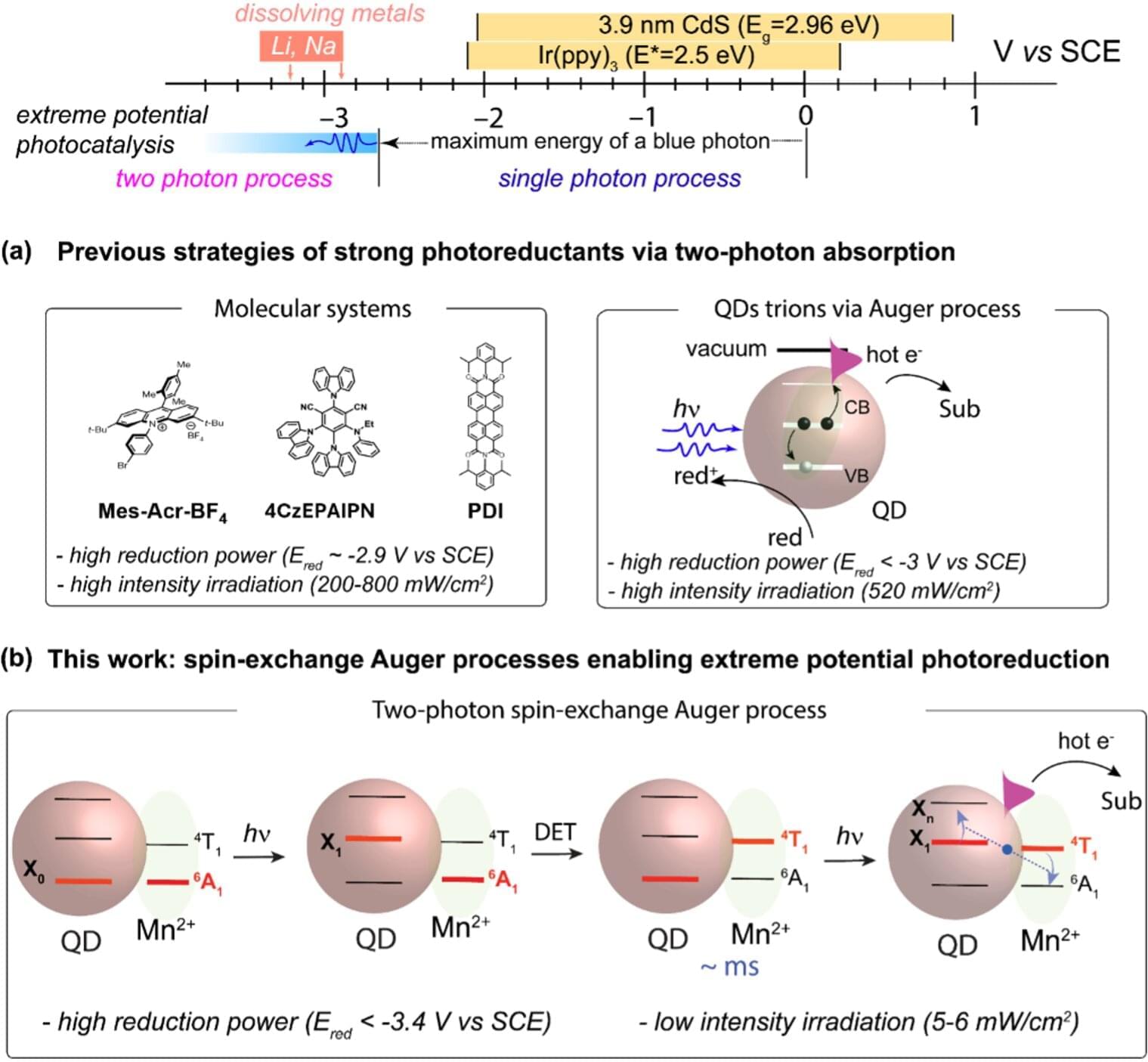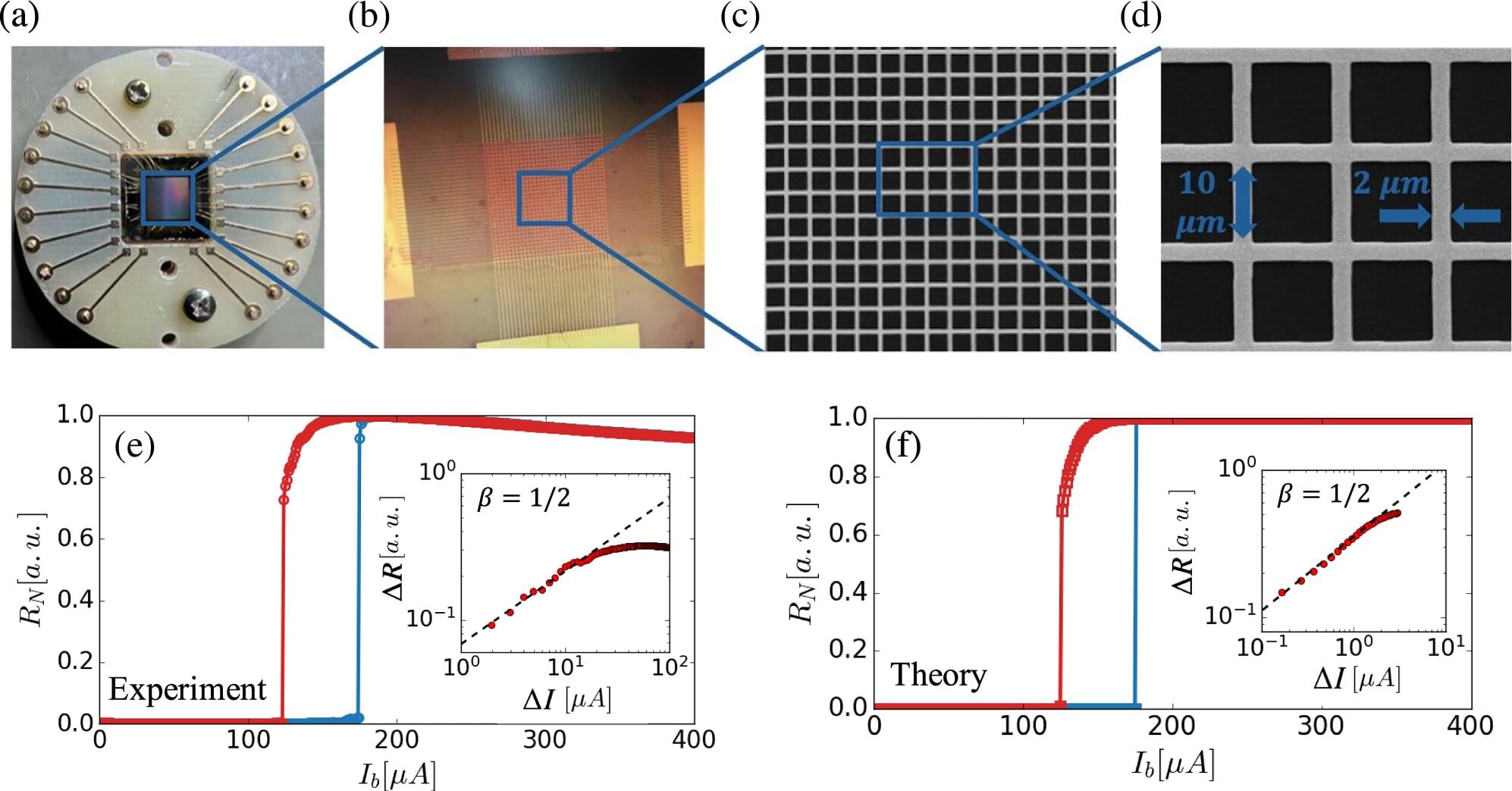The hormonal power move 90% of people ignore



Oxygen evolution is considered one of the most energy-intensive steps in water electrolysis and is therefore a key factor for more efficient green hydrogen production. Modeling of the reaction mechanisms has so far been based on the assumption that the elementary steps take place sequentially and not in a concerted manner.
A team led by Prof. Dr. Kai S. Exner from the University of Duisburg-Essen has now shown that this assumption is not always correct. The results, published in Nature Communications, open up new possibilities for improving solid catalysts for energy conversion and storage applications.
There are two basic types of catalysis: homogeneous catalysts have the same physical state as the substances being converted (e.g., they all are liquid), while heterogeneous catalysts are in a different phase, for example a solid that reacts with liquids or gases. For a reaction to take place on the surface of a solid catalyst, the starting materials (reactants) must attach to its surface (adsorption) and then dissolve again after the reaction has taken place (desorption).
Physicists confirm DT fusion insights from a 1938 experiment. The findings connect past theory with current fusion efforts. A team at Los Alamos National Laboratory has successfully recreated a significant yet largely overlooked physics experiment: the first recorded observation of deuterium-trit

A recent study reports (Al,Ga, Sc)N thin films with record-high scandium levels, with exciting potential for ultra-low-power memory devices, as reported by researchers from Institute of Science Tokyo (Science Tokyo). Using reactive magnetron sputtering, they fine-tuned the composition of ternary alloys to overcome previous stability limits.

Just over 200 years after French engineer and physicist Sadi Carnot formulated the second law of thermodynamics, an international team of researchers has unveiled an analogous law for the quantum world. This second law of entanglement manipulation proves that, just like heat or energy in an idealized thermodynamics regime, entanglement can be reversibly manipulated, a statement which until now had been heavily contested.


Chemists at the School of Science of the Hong Kong University of Science and Technology (HKUST) have recently made significant progress in photocatalysis by unveiling a “super” photoreductant, marking a major advancement in organic synthesis.
Quantum dots (QDs) hold great promise as photocatalysts for promoting photoredox chemistry. However, their application in photocatalytic organic transformations has lagged behind that of small molecule photosensitizers due to the limited understanding of their photophysics.
While various studies have explored the generation of hot electrons from QDs as a strategy to enhance photoreduction efficiencies, achieving effective hot-electron generation under mild conditions has posed a significant challenge.

To build a modern-day electrical grid with the flexibility and resilience to handle ebbing and flowing energy sources like solar and wind power, West Virginia University engineers have designed and successfully tested a fuel cell that can switch between storing or making electricity and also generate hydrogen from water.


Why do some changes in nature unfold gradually, while others occur in the blink of an eye? Rust forming on metal is a slow, steady process that takes days or even weeks to become visible. By contrast, a power grid can collapse in mere seconds. What accounts for this difference?
A research team at Bar-Ilan University has uncovered a surprising mechanism behind these abrupt transitions, a hidden spontaneous sequence of micro-scale events that gradually destabilize a system until it snaps. Their discovery sheds new light on how complex systems behave near critical tipping points and offers a new way to anticipate and perhaps even prevent catastrophic failure.
In their study just published in Nature Communications, the team led by Professors Shlomo Havlin and Aviad Frydman—alongside BIU researchers Ira Volotsenko, Yuval Sallem, and Nahala Yadid, and postdoctoral collaborators Bnaya Gross (Northeastern University) and Ivan Bonamassa (CEU Vienna)—investigated a novel engineered experimental system: interdependent superconducting networks.